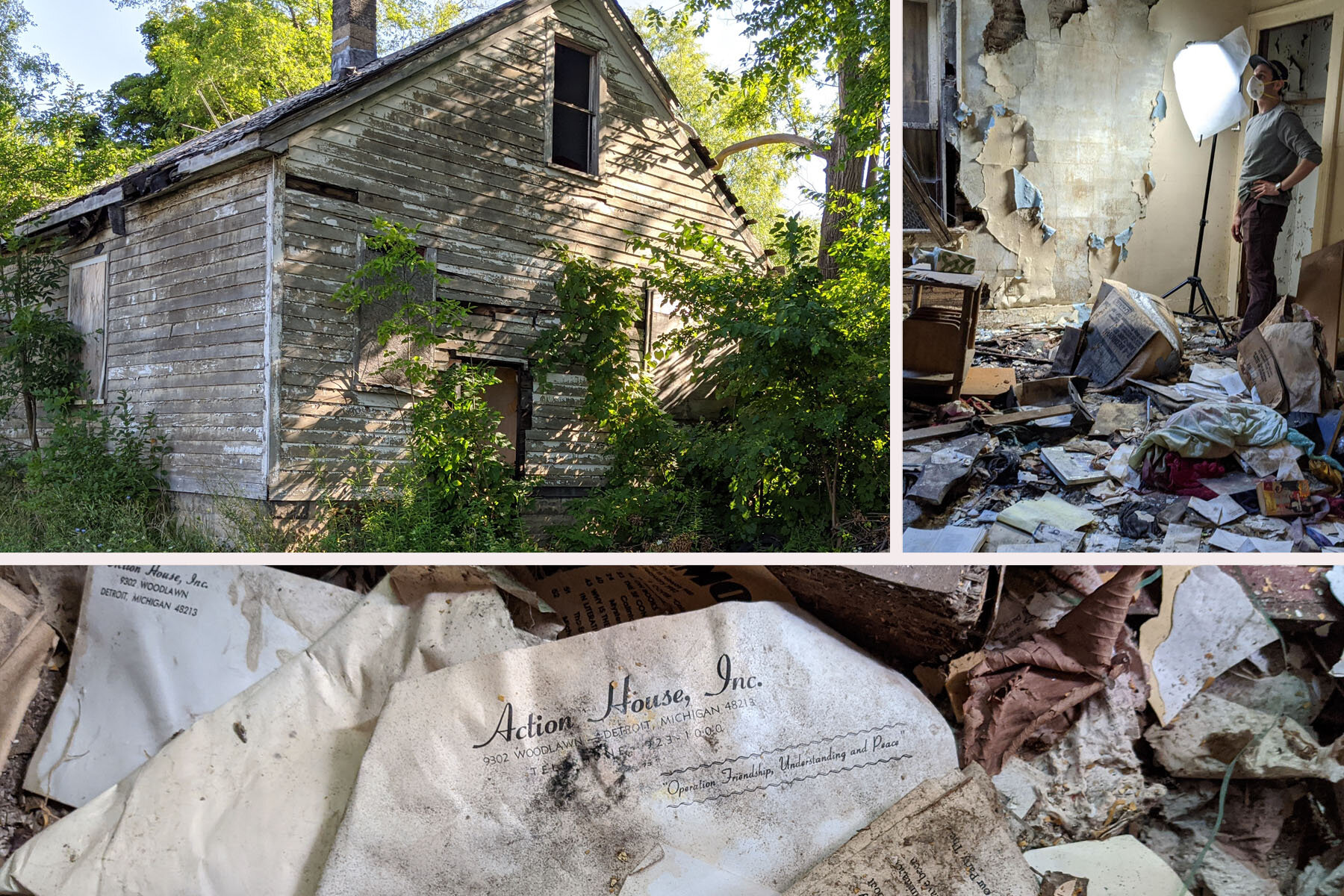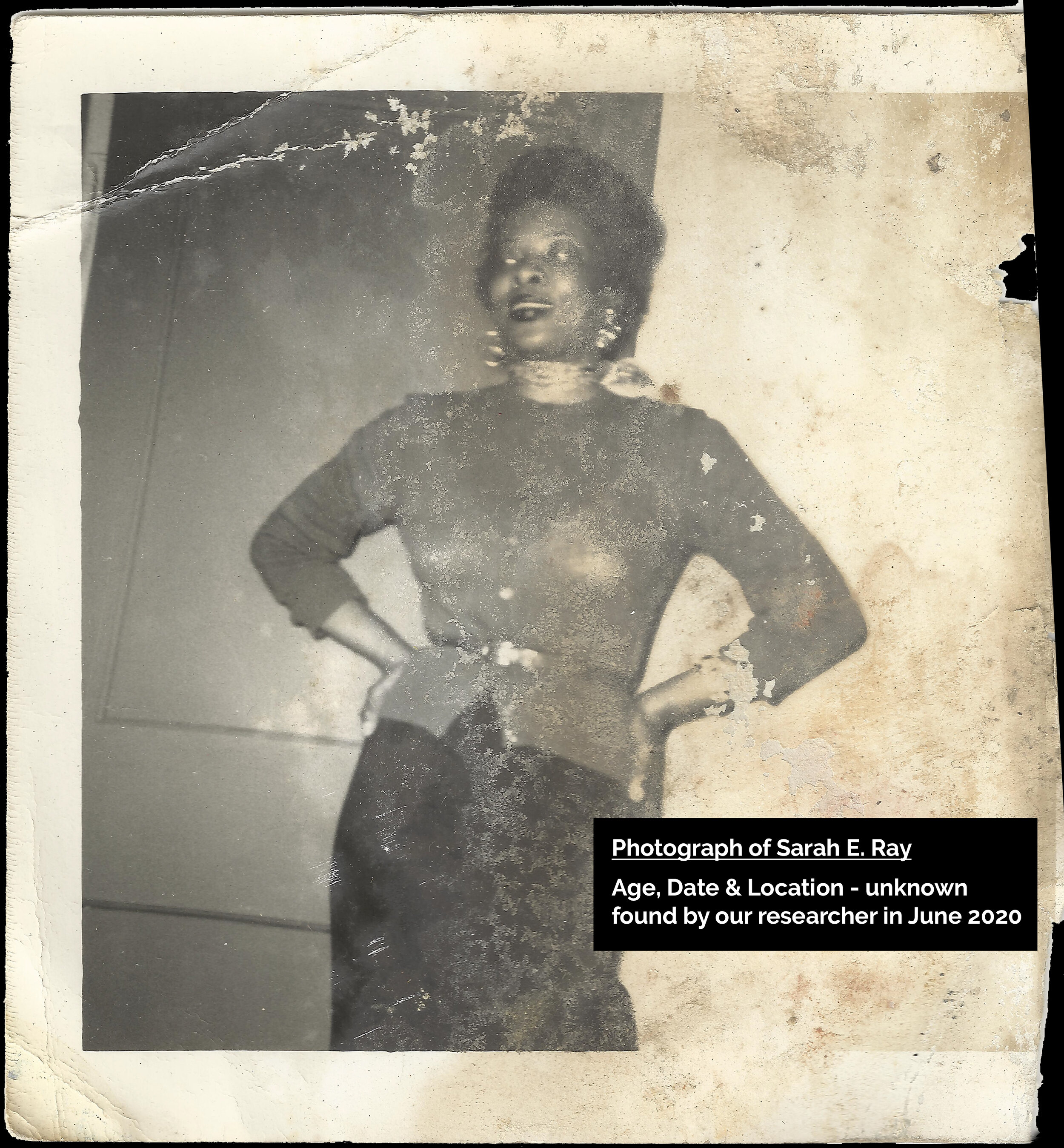Until now a Detroit civil rights pioneer named Sarah Elizabeth Ray has been largely forgotten.
Seventy-five years ago a 24-year-old, African American secretary was denied a seat on the segregated Boblo boat, SS Columbia. Like Rosa Parks, she refused to back down, taking her fight for integration all the way to the United States Supreme Court. Represented by fabled NAACP lawyer Thurgood Marshall, Ray won her case. Scholars argue that she paved the way for the seminal, 1954 Brown v. Board of Education, which found that separate was inherently unequal.
BRING SARAH’S STORY TO YOUR CLASSROOM
The Sarah E. Ray Project wrote and designed two curricula intended for high school aged students. The materials are free to use and include lesson plans, discussion guides, videos and archival materials.
The home where Sarah lived still remains abandoned on on Detroit's east side. Sarah’s former home was named one of America’s “11 Most Endangered” Historic Sites in 2021. In 2023 the house was purchased by Detroit based entrepreneur, Shannon Steel. Steel plans to turn the house into a museum to elevate the story of this little-known civil rights activist.
You can also experience the virtual walkthrough of this extraordinary location for yourself.
Sarah died in near anonymity in 2006, taking her legacy with her. We must now build the body of research needed to support the project. That means hours of hunting through archives, conducting interviews, tracking down documents to tell her story.
Donate to our PROJECT
We are creating an interactive multimedia examination and celebration of Sarah E. Ray's life and we need your help.
Please make a tax deductible donation here through our fiscal sponsor CultureSource.
Our team consists of 2015 Kresge Artist Fellow, Pulitzer Prize nominee, and former attorney Desiree Cooper; award winning documentary filmmaker Aaron Schillinger; and our unstoppable researcher Sarah Lynn Grieve.
Help us mark the 75th anniversary of Sarah’s historic fight!
This is the first time a team of experienced researchers, journalists and filmmakers have joined forces to excavate and document the life of this important, American civil rights activist. But as time passes, those who knew her, and the evidence of her life are passing, too. We must move quickly before her story is forever lost.





